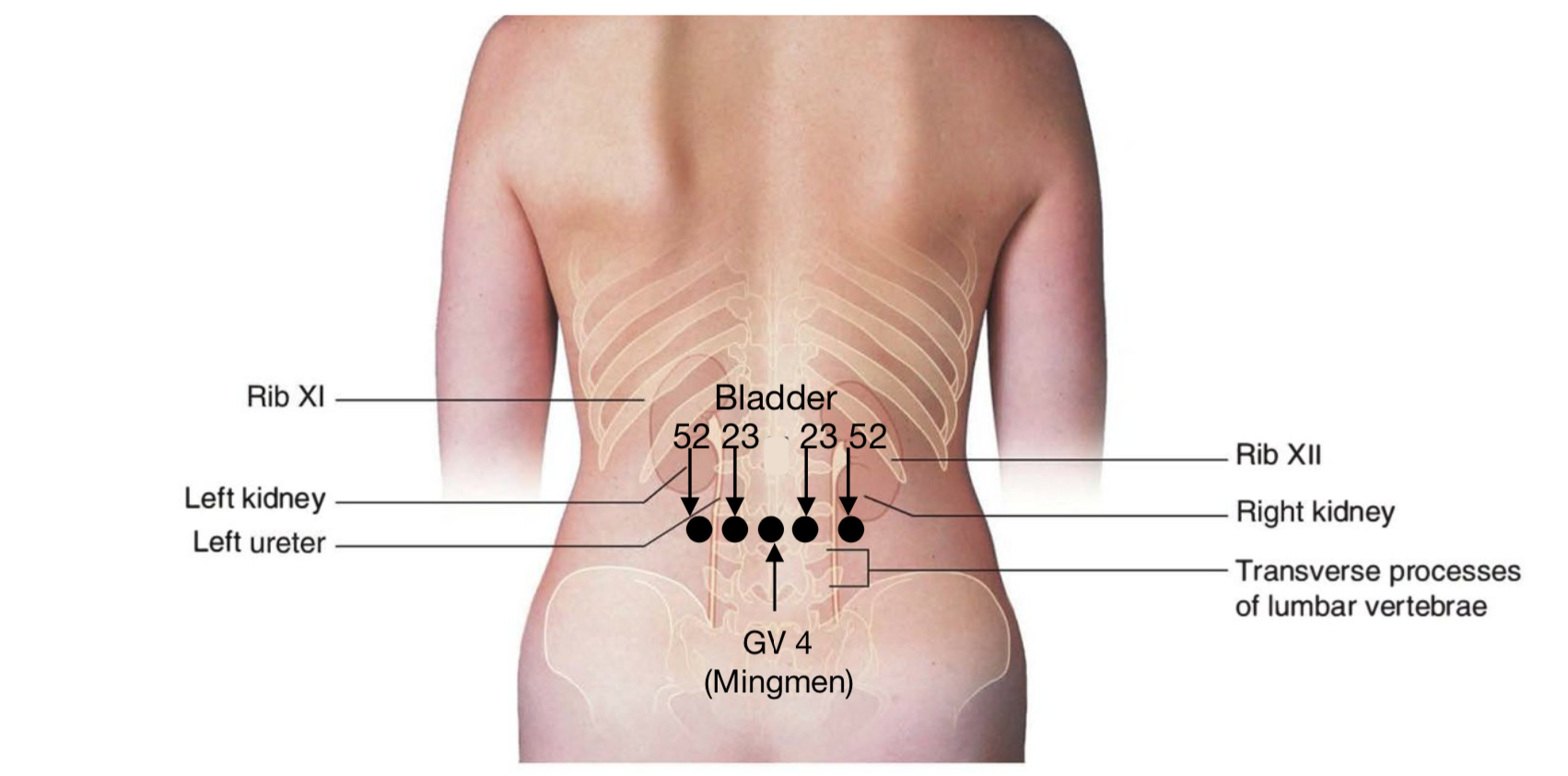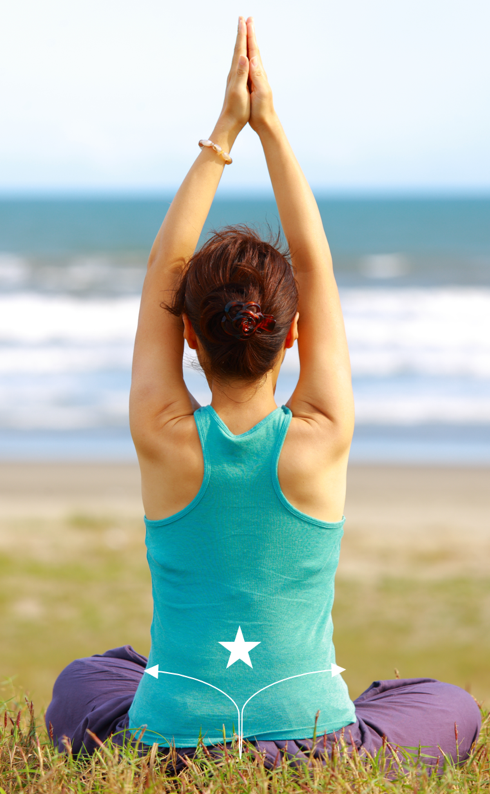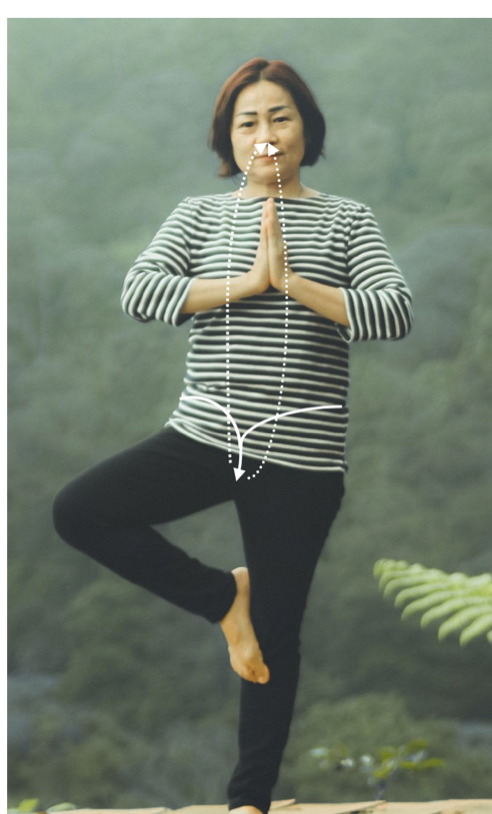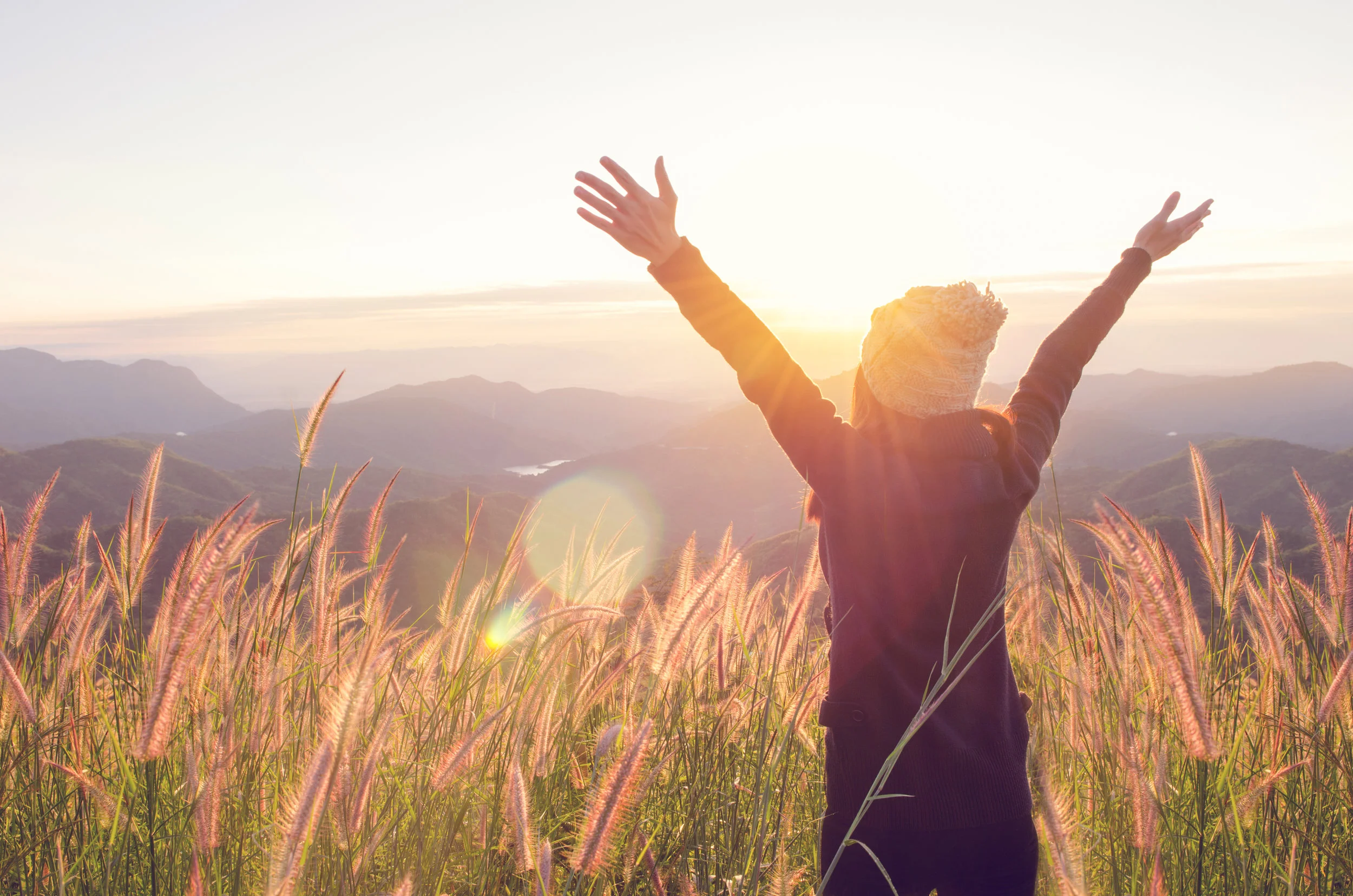Dragon teaches that if we want to climb high, we must befriend the wind.
~Chinese Proverb
Happy Year of the Wood Dragon! The new year officially starts February 9th, 2024 — yet the energy is already beginning to shift. Energetically, 2024 will be quite different from 2023 (Year of the Water Rabbit). While Rabbit is also imbued with magical qualities (lucky rabbit foot), the Rabbit is Yin in nature and considered introspective, quiet and considerate. The Water element is also Yin, reflecting dreamtime, restoration and intuition.
By way of contrast, Year of the Wood Dragon is Yang (element) + Yang (cosmologic). Wood, being the first of the Yang elements, is connected to the East and represents renewal and growth. Dragon is the 5th zodiac symbol, Yang in nature and stands apart from all others — as it is the only mythical creature within the 12-year zodiac. This combination of element + zodiac symbol, has not made an appearance since 1964!
It is not entirely known when dragon legends first originated, but symbols date back to 3000 BCE and they continue to thrive in the modern era. Unlike European folklore, where Christian literature portrayed dragons as destructive and evil (ex. Smaug in The Hobbit) — in Eastern cosmology, dragons are deeply connected with nature (where they breathe clouds, move the seasons and control the waters of rivers, lakes and seas) and are wise, compassionate and protective (ex. Water Dragon in Sheng-Chi). In addition, dragons are masters of transformation, who are honored for their ability to carry prayers to the heavens — and beyond.
There is a plethora of information available about people born in Year of the Dragon, and specifically Year of the Wood Dragon. As might be suspected, Year of the Dragon is reported to be the most sought after Chinese zodiac, as those born in this powerful energy are said to be naturally charismatic, intelligent, confident and gifted. And while I always find this predictions interesting, I hold even more curiosity about what challenges, lessons and wisdom are woven into the cosmic dragon energy, that will influence the entire collective for the next 12 months? If nothing else, Year of the Wood Dragon is most certainly inviting us to find strength and courage, to intentionally connect with our self-belief and, above all else, spend more time with the trees and plants — to immerse ourselves in the incredible magic of nature.
”The Chinese ancients believed that if you breathe life and energy into your spiritual dragon, or your greater self, you create change that breathes life and energy into all — allowing you to ride the dragon’s expansive spirit to a zenith of endless possibilities.”
-Source Unknown
Along with being a member of the Chinese zodiac and a powerful mythologic creature, dragon also plays an important role within ancient Chinese wisdom. Centuries ago, martial arts grandmasters and master healers developed targeted qigong and healing practices — leveraging the power of dragon to heal possessive qi (through acupuncture) and cultivating dragon’s exceptional qualities of strength, endurance and longevity within the human energy body (through qigong). For those unfamiliar with the concept of possessive energy, it is considered an energy disturbance and can arise from physical or emotional shock, drug and/or alcohol abuse, sexual abuse/assault and other extreme/traumatic events. Fortunately, there are multiple strategies for managing this imbalance, and dragon is an essential ingredient in The Seven Dragons technique.
The Seven Dragons technique utilizes 7 acupuncture points on the body, which are set in a pattern that reconnect the client to their true self. Mythologically, this technique represents seven beneficial dragons patrolling the client’s body — expelling any possessive or disturbing energy that may have taken up residence. The Seven Dragons most certainly has roots in ancient Chinese Shamanism, and while it was removed from many forms of Traditional Chinese Medicine (TCM) during the cultural cleansing of the 1950’s, it was firmly integrated into Five Elements Acupuncture and other TCM-based modalities in the United States and Western Europe.
One of the best known qigong practices involving dragons is Swimming Dragon. According to legend, Swimming Dragon was created by a Daoist master who was imprisoned and had very little room to move in his cell. He was determined to maintain his vitality, flexibility and strength, and so, created Swimming Dragon as an external practice based on the internal flow of the micro-cosmic orbit. After months of practice, the authorities noted the prisoner’s health (in comparison to the other inmates). This was reported to the local ruler, who summoned the prisoner. The local ruler was so impressed, he appointed the prisoner to be the new royal family martial arts instructor.
While Swimming Dragon qigong was coveted for generations — and was only passed down directly from master to pupil — Master Yu Anren broke tradition in 1984 when he donated Swimming Dragon to China and began openly teaching this simple, yet powerful form. I was first introduced to Swimming Dragon several years ago, when I was living in Arizona. The stress of temporary relocation was significant, and yet each time I practiced, I felt deeply grounded and energized, simultaneously. This form of qigong emulates the movements of the Dragon — slow, smooth and continuous and twisting, stretching and coiling. It stretches and strengthens the joints, tendons and ligaments of the body (much like elemental Wood movements), massages the vital organs and stimulates blood and qi circulation up the spine and throughout the body. In addition to its mind calming effects, Swimming Dragon is a practice that can easily be leveraged to transform stuck and stagnant qi into strength and suppleness.
Year of the Dragon, The Seven Dragons technique and Swimming Dragon qigong are just three of the many dragon-inspired traditions and practices within ancient Chinese wisdom. While both dragon energy techniques (acupuncture and qigong) directly support the release of old/trapped energy and emotions, bring heat up and through the body and calm the mind — if neither have yet been experienced, we each have an opportunity in 2024 to connect with the Spirit of Dragon and tap into Dragon’s incredible courage, power, compassion and vitality.
*Note: For anyone interested in learning more about and potentially experiencing The Seven Dragons technique, please reach out via the contact form. There are many Five Elements Acupuncture resources accessible in Minneapolis and nationwide.















